

















With Open Eyes was presented at Root Division, San Francisco in July/August 2024 as part of the 2nd Saturday Exhibition Series. The exhibition was on view from July 10–August 3, 2024.





















With Open Eyes was presented at Root Division, San Francisco in July/August 2024 as part of the 2nd Saturday Exhibition Series. The exhibition was on view from July 10–August 3, 2024.


Cynthia Brannvall
Rohan DaCosta

Dana Davenport
Ashara Ekundayo
Eniola Fakile
miela foster
Nicole Henton
Gbenga Komolafe
Maya June Mansour
Seraphina Perkins
Raymond Pinto
michon sanders
Najee Tobin
Fulton Leroy Washington (MR. WASH)




With Open Eyes is a group exhibition that amplifies Black visual representation through positive depictions of Black culture and life. The exhibition’s title derives from the poem “Dream Song 29” (1969) by John Berryman, which was popularized by the television series Succession and speaks to opening up our eyes to new views of Blackness. Featuring a lineup of fourteen Black artists - Cynthia Brannvall, Rohan DaCosta, Dana Davenport, Ashara Ekundayo, Eniola Fakile, Miela Foster, Nicole Henton, Gbenga Komolafe, Maya June Mansour, Seraphina Perkins, Raymond Pinto, Michon Sanders, Najee Tobin, and Fulton Leroy Washington (MR. WASH) – their
exhibited works redefine notions of Blackness by presenting counternarratives of desire and relief, occasionally utilizing Afrofuturism.
With Open Eyes was initially conceived during summer 2020, when the COVID-19 pandemic was raging and global protests took place in response to George Floyd’s murder. This was a time when we saw Black people coming together, speaking up against systemic racism, and holding entities and institutions accountable. The art world was also facing pressure from multiple angles, as indoor gallery spaces and major museums suffered elongated closures due to state-mandated
lockdowns and social distancing. Although in-person exhibitions and public programs were put on pause, art spaces still had much to reckon with, from staffing complaints, to exhibition content, to questions regarding institutional messaging. Due to many unprecedented shifts and changes, With Open Eyes took four years to produce. This is the longest show that I’ve worked on, but it’s also evolved and changed the most – in my opinion, it’s only gotten stronger over time.
When I began laying out the narrative for this show, I’ll admit that I didn’t necessarily know where to start. The initial concept was simple enough, as I’ve had


complicated feelings for years regarding “Black trauma porn”. This refers to the mass circulation of images or videos relating to Black death and violence without consideration of how Black community would feel about it. Pertinent examples would include wide dissemination of lynching postcards in the Jim Crow South; the 24/7 news airing of the videotaped Rodney King beating; and Philando Castile’s murder, which was captured on Facebook live. I saw the murders of Aaron Sterling and George Floyd on Twitter, and what was most frustrating about those experiences was that I clicked on the videos and there was no trigger warning or censorship. I did not realize what I was about to witness; I watched two Black people get murdered and the videos were uploaded like it was nothing. The importance of video evidence is not to be dismissed here; however, it is uneasy knowing how easily these incidents of trauma can be distributed to the public without considering the grave emotional impacts of witnessing such trauma unprovoked. This practice still continues, as most recently, the video of disgraced music mogul Sean “Diddy” Combs beating his
ex-girlfriend Cassie Ventura in a hotel recently leaked on the internet. A similar dichotomy is here: while the video validates the very serious claims that Ventura made in her settled lawsuit against Combs, the sight of Combs viciously and senselessly beating Ventura –after months of denying the incident ever took place –is traumatizing to witness.
Unfortunately, art institutions also have a long history of engaging with Black trauma porn. For years, there have been urgent calls for museums to provide a forum and gathering space for artists confronting urgent social, political, and cultural issues. While museums bring attention to different forms of perception, the question is if they are presenting art in a manner that advocates for rational discourse. Every exhibition has its own narrative space, with the artworks presented in a particular order, which allows a story to be woven throughout. But which stories are told in the museum space, and furthermore, does their presentation do the story justice? One of the most controversial debates in the art world regards the representation of the


Black body. The story of the Black body is often told by non-Black curators and artists, or put on display without proper historical, social, and cultural context. The question is, how do we rethink Blackness and contemporary art in the American museum context? In rejecting oppressive perceptions that are often entangled in Black identity, such as classism, body dysmorphia, sexism, and homophobia, With Open Eyes provides a visual understanding of the need to have inclusion, liberation, and equality.
The diverse array of works, ranging from installation, photography, painting, and textiles, exemplifies the importance of exploring Blackness, which is candid and complex, in all aspects. Too often when we think of Black art, we are actually imagining depictions of Black trauma, violence, and death. However, it is important to note that With Open Eyes does not pretend as if these stereotypes do not exist. Instead, the artists contemplate contemporary issues surrounding Black identity and representation. Blackness is so often constricted to moments of harm and criminalization,
and With Open Eyes presents an opportunity for Black artists to gain agency over telling their own stories. The cornerstone of this exhibition is its dedication to expanding the audience’s view of the Black body, and reframing the narrative that said bodies only experience harm.
Museums will always hold a strong place in the world, simply because they are the main institutions that present art, thereby piquing public interest. It can be difficult to recommend the ways that art spaces can better represent Blackness, because frankly, not all spaces are capable of achieving this adequately. If art spaces want to highlight Blackness and Black work in any meaningful way, they must listen to the community’s wants and needs, and create hospitable environments where sustained research and Black artists’ practices can be undertaken.
— Adrianne Ramsey
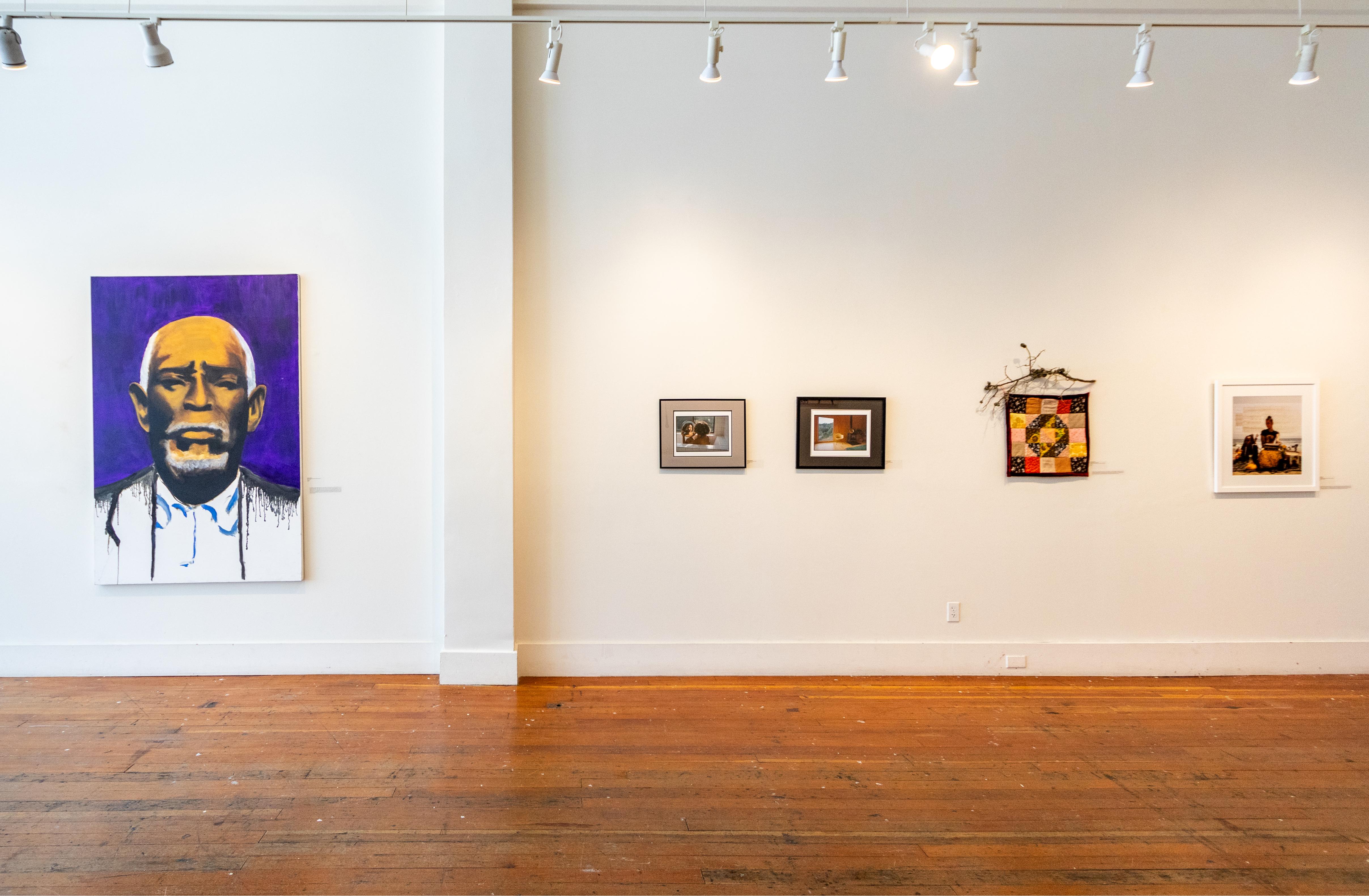


Adrianne Ramsey is a California based independent curator and arts editor. She has organized exhibitions, catalogues, programming for Berkeley Art Center, Fellows of Contemporary Art (FOCA), Root Division, and USC Roski Galleries, and is the Founder and Editor-in- Chief of “GIRLS” (2017–Ongoing), a publishing company that produces collaborative artist’s projects and a digital magazine featuring multigenerational, femme-identifying contemporary artists, curators, and thinkers. Her writing on contemporary art and culture has appeared in several exhibition catalogues and publications, and she has given talks at Emerging Arts Professionals (SF/Bay Area), The Museum of Contemporary Art (MOCA), and Perfect Exposure Gallery. Her recent achievements include being a 2024 FOCA Curatorial Lab Program Awardee; 2023 Alternative Exposure Grantee (“GIRLS”); and a 2020 YBCA 100 Honoree. She holds undergraduate and graduate degrees from the University of Southern California.
Installation view, With Open Eyes, Root Division

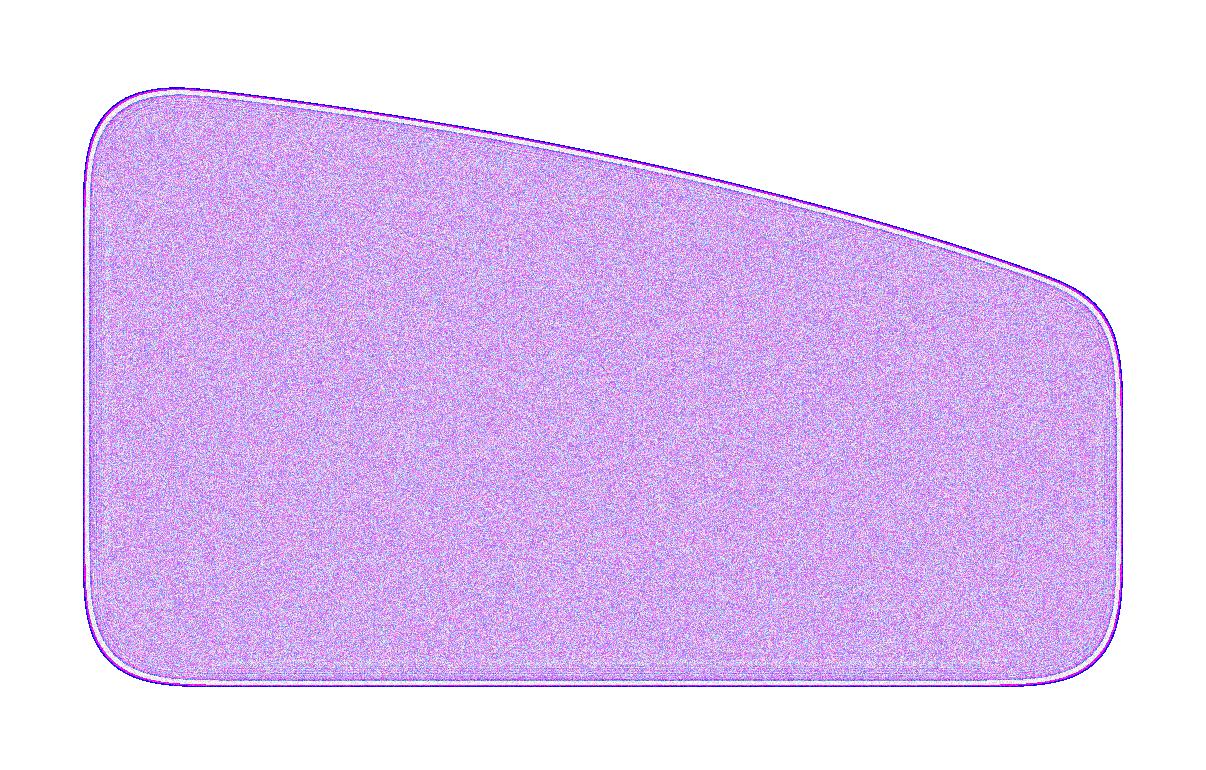
Cynthia Brannvall is an art historian and a multimedia artist. She teaches art history at Foothill Community College as a tenured faculty member. Cynthia has undergraduate degrees in Art Practice and Art History from UC Berkeley where she was a Phi Beta Kappa and a Ronald E. McNair scholar and was awarded the Departmental Citation for her research. She has an MA in Art History from San Francisco State University. An advocate and ally for social justice and equity, Cynthia’s artwork explores identity formation envisioned in an imagined deep time terrain of memory, reclamation, and the geographies of forced and voluntary migrations of body and spirit. Her artwork has been widely exhibited in the San Francisco Bay Area, San Luis Obispo, Los Angeles, New Orleans and Washington DC. Cynthia was selected for the 2022–2023 Emerging Artists Program at the Museum of African Diaspora in San Francisco where she had her first solo exhibition.

in diameter with a 6’’ protrusion in the center


Rohan DaCosta is a multi-disciplinary artist from Chicago, based in Oakland, working primarily through photography, writing, and song. His book, The Edge of Fruitvale, was published by Nomadic Press on April 28, 2018. His photography has been featured at The Flight Deck Gallery, Root Division Gallery, and Joyce Gordon Gallery, and Mercury Twenty Gallery. Rohan has served a four year term as a member of the Alameda County Arts Commission. Rohan served as the exhibition coordinator and curator for the East Bay Photo Collective in 2022. Rohan has served as a review panelist for the Bay Area Creative Foundation. Rohan currently produces an interview series / magazine titled PLAYDATE spotlighting the innovative work of artists and entrepreneurs in the bay area and beyond.



Dana Davenport is a Korean and Black American interdisciplinary artist shifting between installation, sculpture, video, and performance. Within her practice, she addresses the complexities that surround interminority conflict as a foundation for envisioning her own and the collective futurity of Black and Asian peoples. Davenport utilizes synthetic hair as a proxy for her body to discuss the strained relationship between Black and Asian peoples, specifically in America. As a product overwhelmingly sold by Koreans to Black Americans, she considers the implications of the material as it sits on the beauty supply shelf and how it is activated in the hands of Black folks through love and labor.

Single-channel video
Duration: 7:16
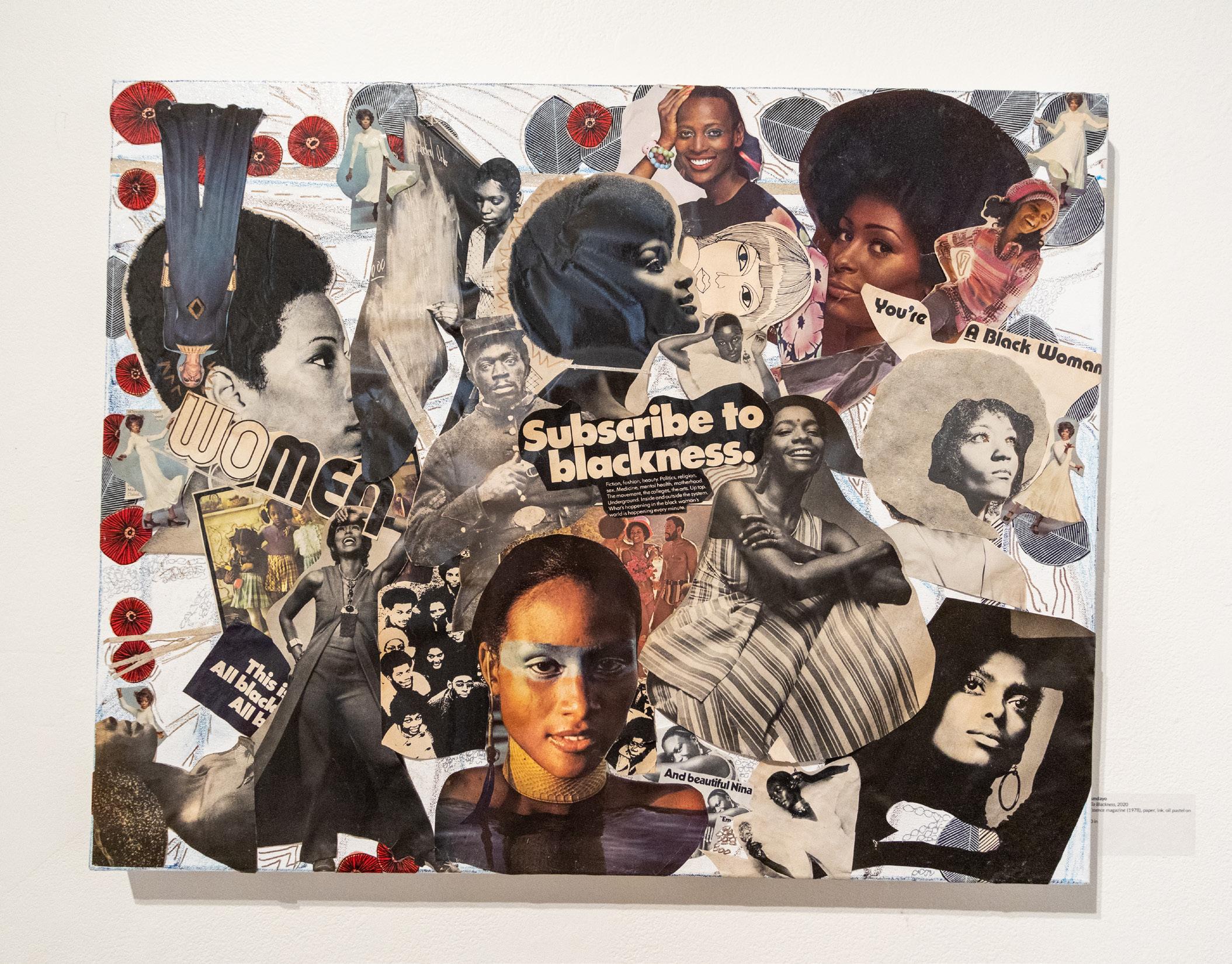

Ashara Ekundayo is a queer, Black feminist interdisciplinary independent curator, visual maker, cultural theologian, arts organizer, and consultant whose creative practice is rooted in joy-informed pedagogies and the study of and creation of Black spaces and archives, site-responsive ceremony, and artist-based strategies such as photography, screenprinting, zine-design, installation, and altar-making that illuminate the specific expertise of Black womxn of the African Diaspora. She is the founder of the philanthropic organization Artist As First Responder, co-founder of Black [Space] Residency, and director of The Black Curators Lab—both studio-based artist residencies celebrating the dynamic imagination of Black creatives. Currently Ashara is editing an art book titled BLATANT Love culled from the more than 33 interviews with Black femme visual artists she conducted from 2020–2022. She lives and works between the San Francisco Bay Area and her hometown of Detroit, MI.

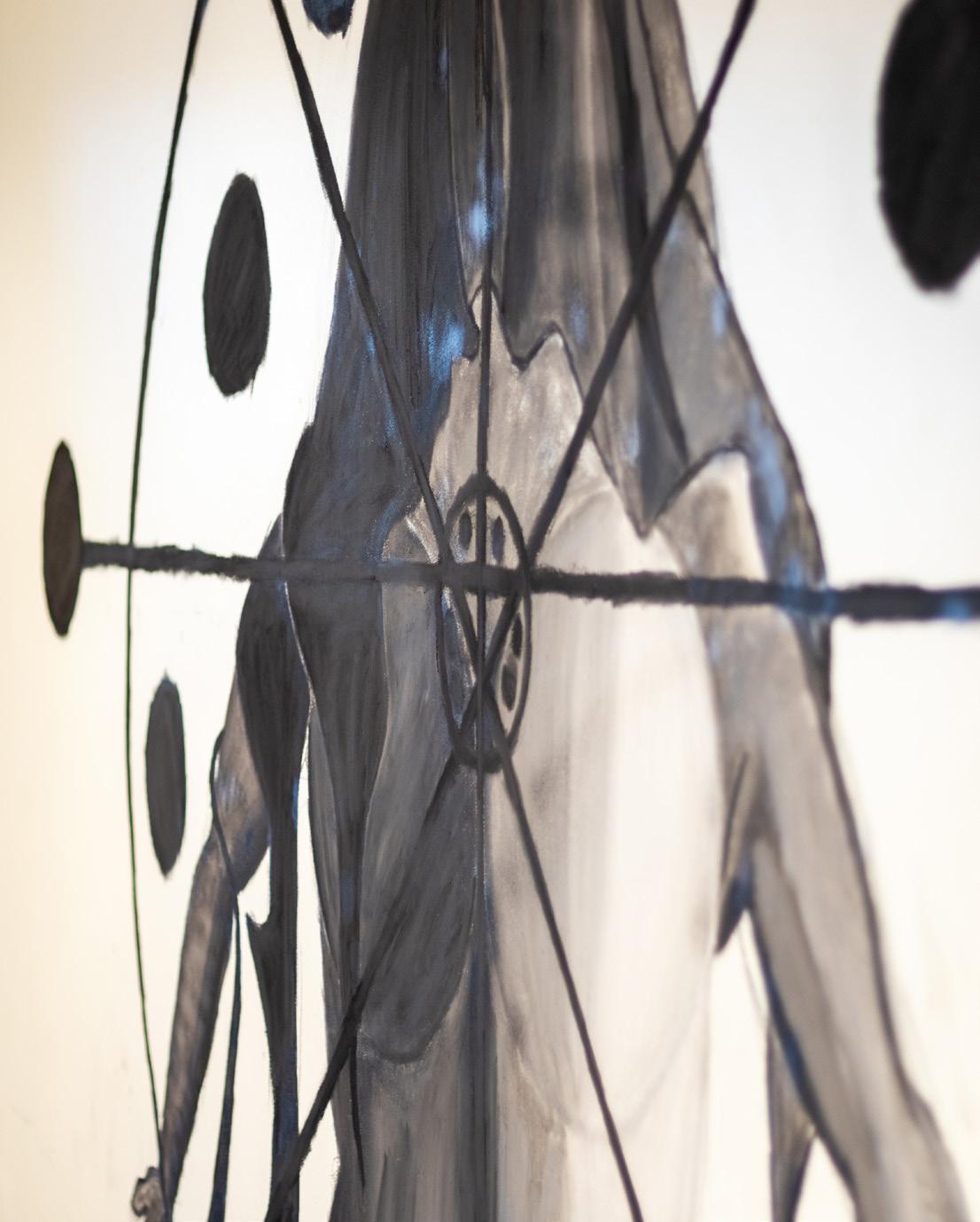

Eniola Fakile is a Bay Area based artist. Fakile’s work in sculpture, clothing design, and photography navigates the space between the physical and the social. Her work focuses on the elusive and multiple intersections where memory, emotion and identity meet. Fakile’s most recent work references water, whose mutability she uses to draw out methods of reclamation, regeneration, and coping. She received her Bachelors Of Fine Arts in photography from Georgia State University and her Masters of Fine art from the University of California, Berkeley. Fakile’s work has been shown at SOMArts, San Francisco, as well as APG Gallery, Atlanta, among others. She was the 2021 Graduate Fellow for Honors Pedagogy and a 2022 recipient of the San Francisco Foundation’s Cadogan Award.

Multimedia installation
Dimensions variable


miela foster is a multimedia artist based in los angeles california. her art lies at the intersection of afrofuturism and Black folk art. rooted in Black american narratives, her paintings explore the amorphous & intangible quality of Blackness. she uses color, texture, and motifs to embody different lenses of Blackness, often telling stories of the infinite realities in a Black future. what starts with acrylics on the canvas is often transformed into digital patterns, animations, and most recently a contemporary Black art streetwear brand. miela is foster the studio, taking experimental approaches to explore her own Blackness, becoming as her own work becomes, constantly burgeoning on a new reality.


Rooted, 2020/2023
12 x 12 in

Nicole Henton, Bay Area native artist, thrives in her self expression through the lens of vulnerability. Being an example of breaking past self limiting beliefs and societal pressures. She shares her love of depicting ranges of emotions of her healing journey and invites her audience to explore unpopular areas of grief as a means of introspective therapy. She utilizes the choice of mediums from graphite pencils to acrylic paints. As an educator for children with special needs, Nicole in addition advocates for BIPOC students. She is currently working with the framework of Anti Bias/ Anti Racist principles built into her pedagogy, fighting for change in a local school district. Employing student voices through collaborative art pieces and lessons to celebrate identity and affirming beliefs. She teaches her students to be the change they want to see, so it is her time to embrace that in her artistry.



As an interdisciplinary artist, Gbenga’s practice spans sound, video, photo, performance, drawing, sculpture, and installation—often exploring their intersections.


Maya June Mansour is a photographer and producer with roots in Black America, Palestine, and Iran. Her work explores themes of healing, beauty, and justice. Maya June has collaborated with Participant Media, Converse, the Getty, For Freedoms, Collective for Black Iranians, and more. Maya is one of the co-founders of Black Image Center, a community photography space in Los Angeles that redistributes storytelling resources from the creative and entertainment industries in Hollywood to LA’s Black residents.


From left to right:
Dear Body, What’s The Score, 2022
Ink on fine art paper
11 x 14 in
I'm Still Here, 2022
Ink on Hahnemühle paper
11 x 14 in


Seraphina Perkins is an interdisciplinary textile artist, storyteller, candlemaker and musician; the prominent themes woven throughout her work include ancestral craft and folk art. She has been exploring these themes through the lens of her African-American, Creole and Irish roots. There’s a hybrid experience that traverses through realms of her physical, tactile and sensory work, intended to evoke the spirit by calling upon ancestors to help uncover what has been lost through colonization and dilution of origins. Connection to natural materials, trees and land is evocative in this work as well. It has been a powerful process to co-create with ancestral guidance, one’s intuition and inner voices, to uncover what is not lost but is merely hiding under the guise of survival over several generations.





Raymond is an artist, born and raised in Connecticut. They create performances as a means to explore the possibility of understanding a way to locate forms of knowledge along the way.

what is left, if I am earth, 2021
Geodes, hammer, wood, microphone, and performance
Dimensions variable
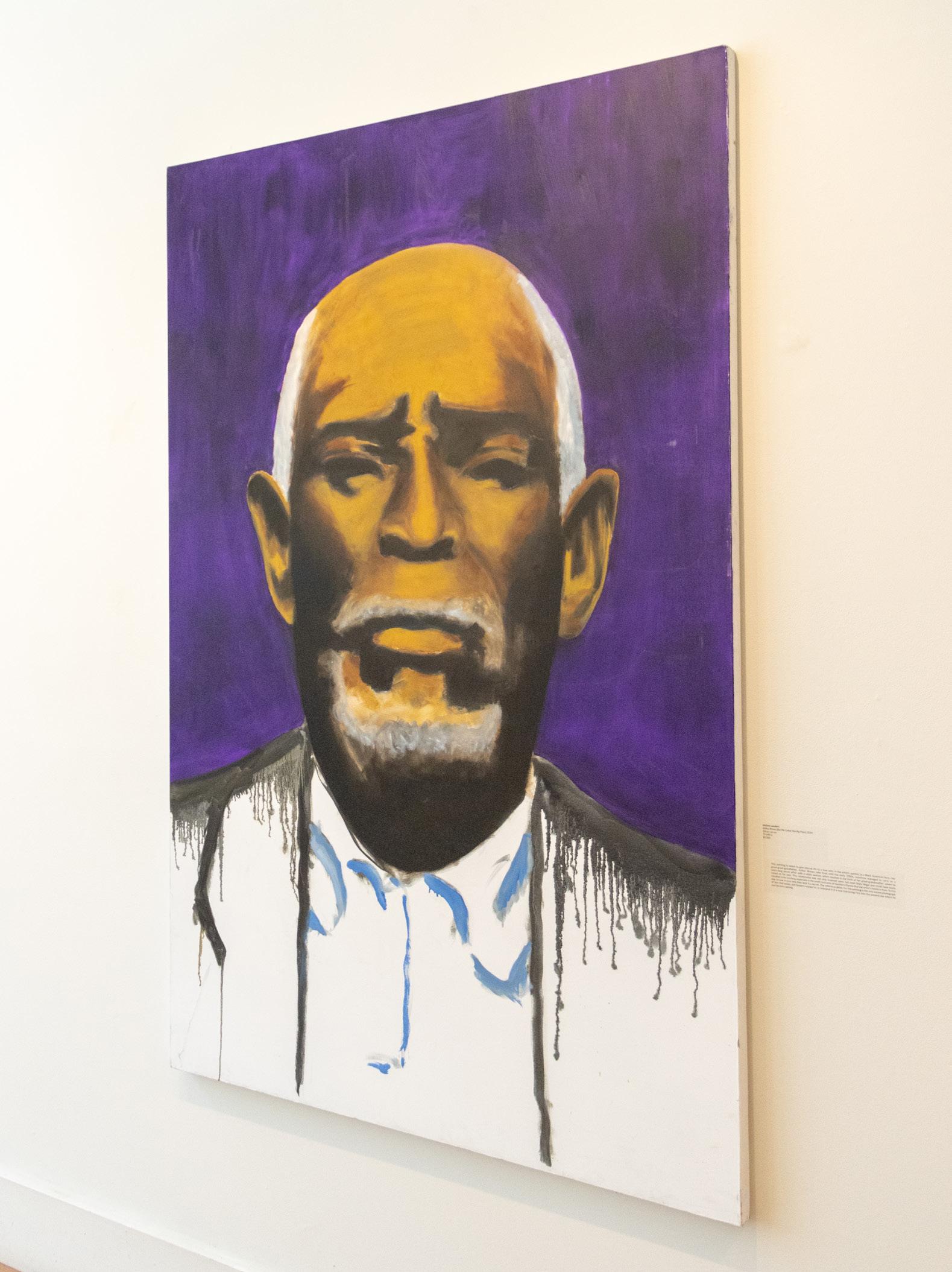

michon sanders (b.1980) is a multidisciplinary artist who splits her time between Oakland, California and Los Angeles. Her work elicits dialogue around family, memory, nostalgia and cultural identity. She was the 2020 winner of the AXA Art Prize, juried by Julia Chiang, Erik Parker, Laurie Simmons and Salman Toor, and was featured in T Magazine, the Arts & Culture magazine of the New York Times. Her work was included in the 2021 ForFreedoms initiative Hear Her Here. Her San Francisco solo debut “i don’t do this for just anybody,” opened in 2022 with Friends Indeed (Micki Meng) Gallery. Her Los Angeles solo debut, “Let’s keep this between us,” opened in 2022 with Giovanni’s Room. Her MFA Thesis Exhibition “All I Have To Do Is Stay Black And Die,” opened in April of 2023.

Arthur Brown (But We Called Him Big Papa), 2024


Najee Tobin is a freelance photographer born and raised in Vallejo, CA. He Specializes in portraiture, documentary, lifestyle, editorial and fine art photography. His work centers around the human condition and the nuances that come with it. Using his camera Najee hopes to open his viewers to honest and thoughtful conversations around what it means to exist.


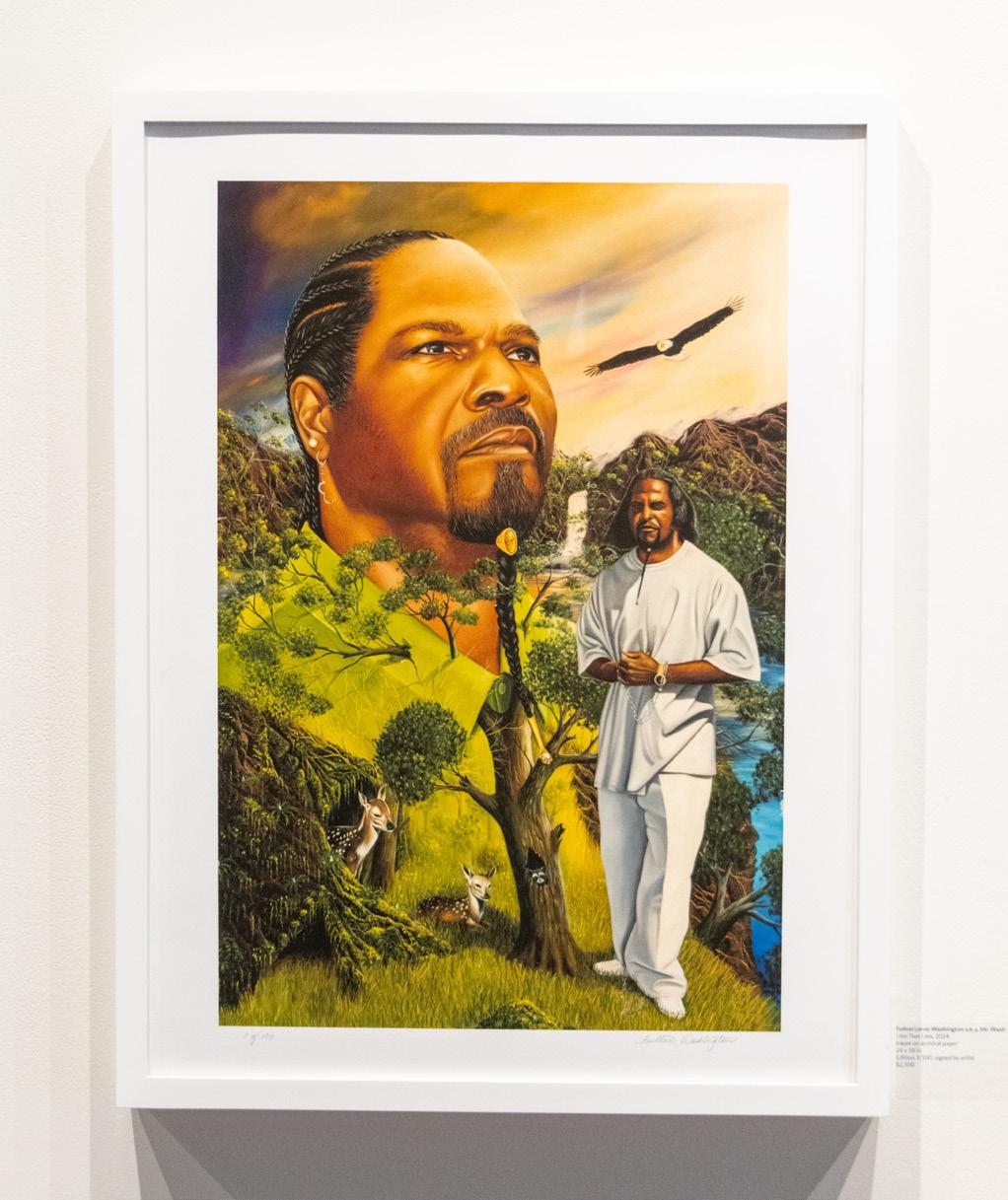
I Am That I Am, 2024
Inkjet on archival paper
24 x 18 in
Edition 1/100, signed by artist

Generation, 2015 Inkjet on archival paper 24 x 18 in Edition 4/100, signed by artist

Fulton Leroy Washington (known as Mr. Wash) is a self-taught artist with the unique ability to express human emotions in the form of paintings. Wrongfully convicted in 1997 for a non-violent drug offense, he learned and refined his craft while serving a life sentence, the mandatory minimum that had been set during the era of the War on Drugs. On May 5, 2016, he was granted clemency by President Obama and released September 2, 2016. Following his own life experiences and the way in which he saw the broken U.S. criminal justice system impact the lives of so many, Mr. Wash became a strong advocate of criminal justice reform. He works to use his voice and talents to affect change in this area.

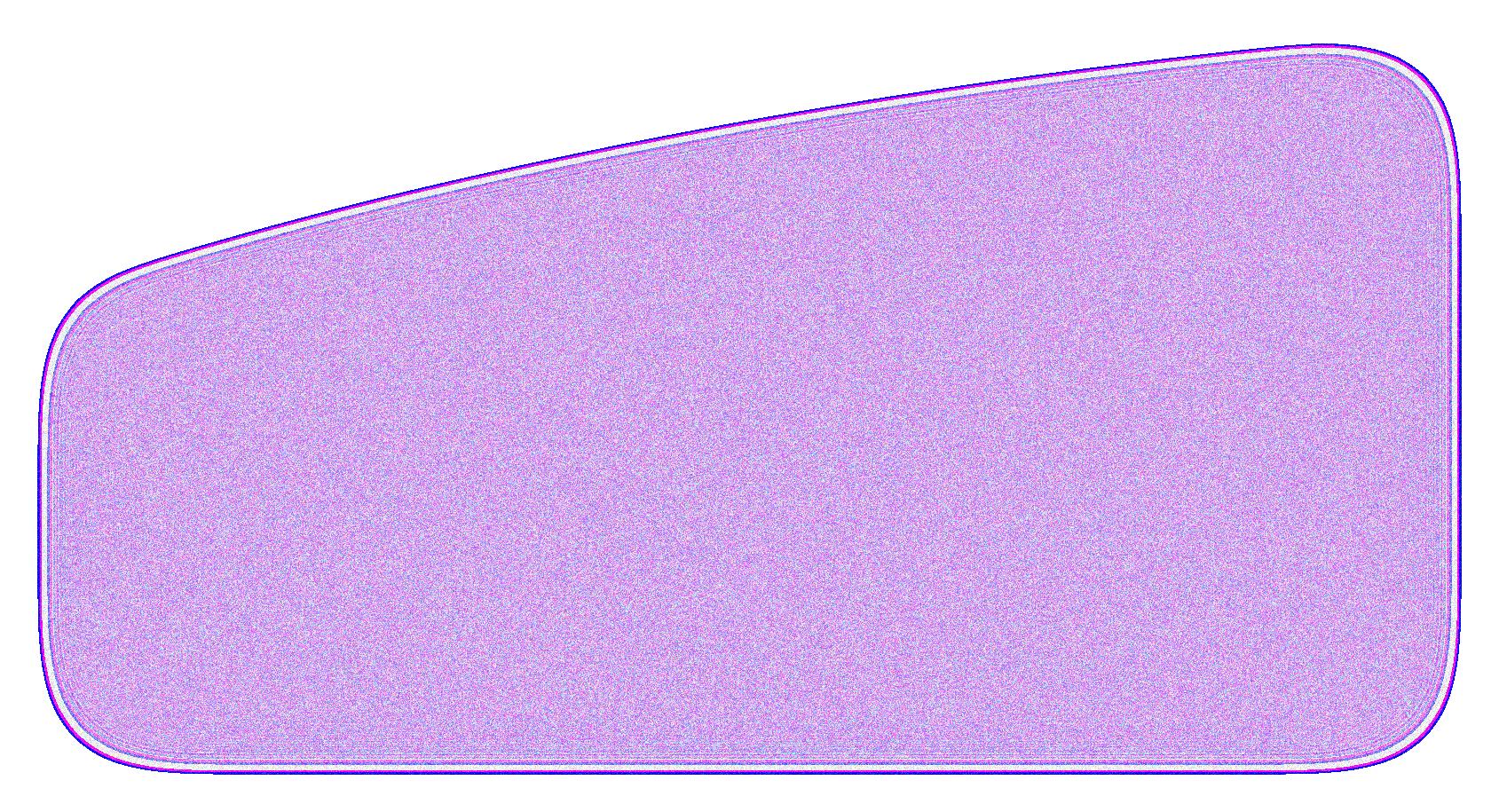
Root Division, a visual arts non-profit, connects creativity and community through a dynamic ecosystem of arts education, exhibitions, and studios. The organization was founded in 2002 as a sustainable arts hub that would constructively address the main challenges facing Bay Area emerging artists: need for lowcost studio space, exhibition opportunities, and arts-related professional experience. Giving back to the community is singular to our unique model where artists receive subsidized studio space in exchange for training and volunteering their time to do everything from teaching art classes to adults and low-income youth to organizing exhibitions.



Michael Nguyen
Catalog Design
Hunter Ridenour Exhibition Documentation


Michelle Mansour
Executive Director
Rachel Welles
Managing Director
Tamara Berdichevsky Ovseiovich
Education Programs Manager
Tianna Bracey
Communications & Design Manager
PJ Gubatina Policarpio
Art Programs Manager
Anisa Esmail
Marketing Coordinator
Ana Bedolla
Operations Coordinator

Root Division is supported in part by a plethora of individual donors and grants from San Francisco Arts Commission, Grants for the Arts, California Arts Council, Walter & Elise Haas Sr. Fund, Phyllis C. Wattis Foundation, Kimball Foundation, Fleishhacker Foundation, Redtail Fund of the Oregon Community Foundation, Fred Craves Family Foundation, Violet World Foundation, Deutsche Bank, and Bill Graham Memorial Fund.







Root Division is a visual arts non-profit, and we are grateful for your charitable support of our programming: rootdivision.org/giving Shop Art
Brighten up your home and support Root Division artists while you’re at it! https://root-division.square.site
Prefer to have a printed copy of this publication? Order from our store to have it shipped to you.
https://root-division.square.site



